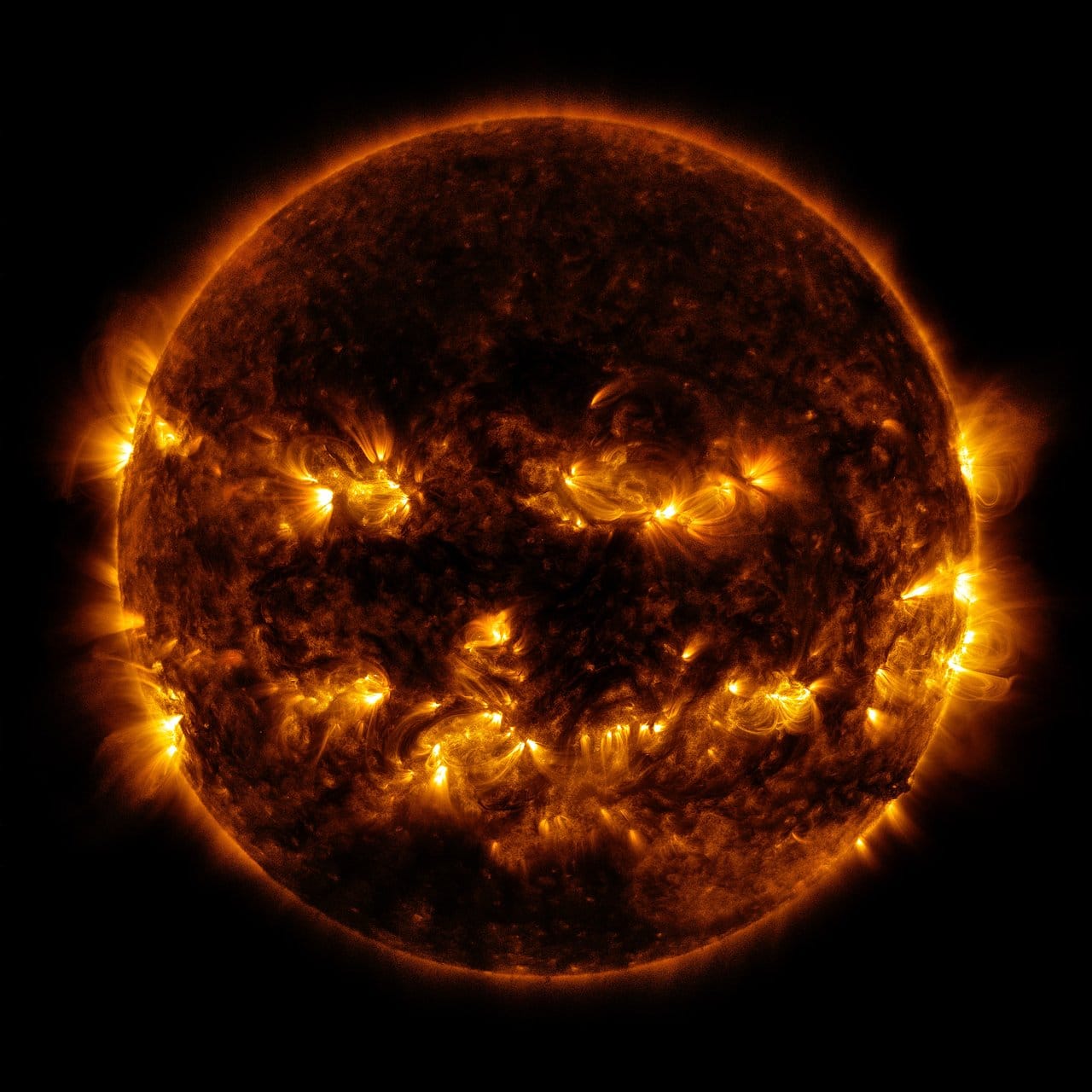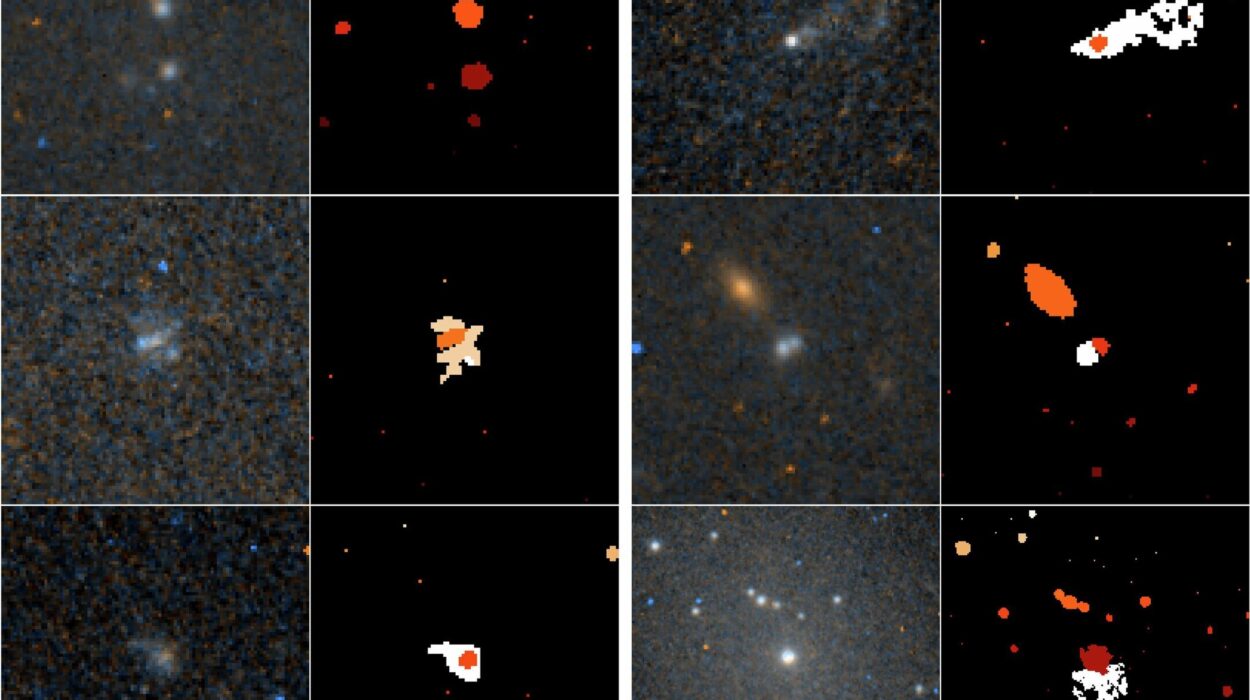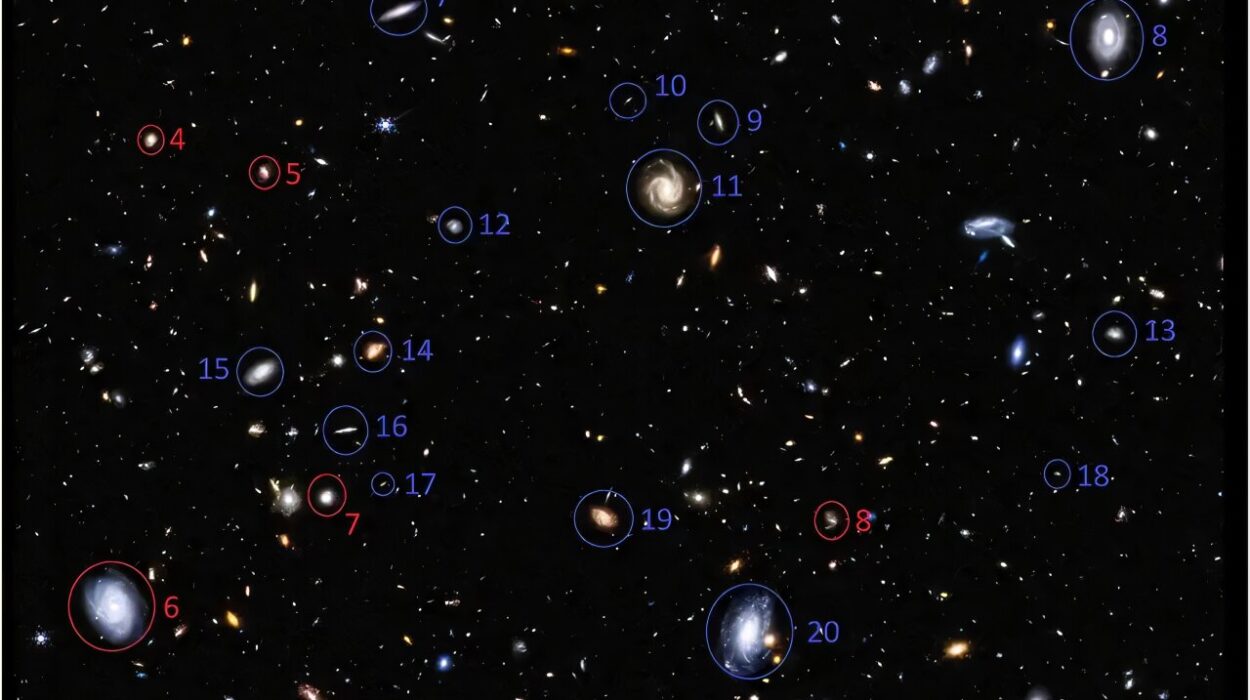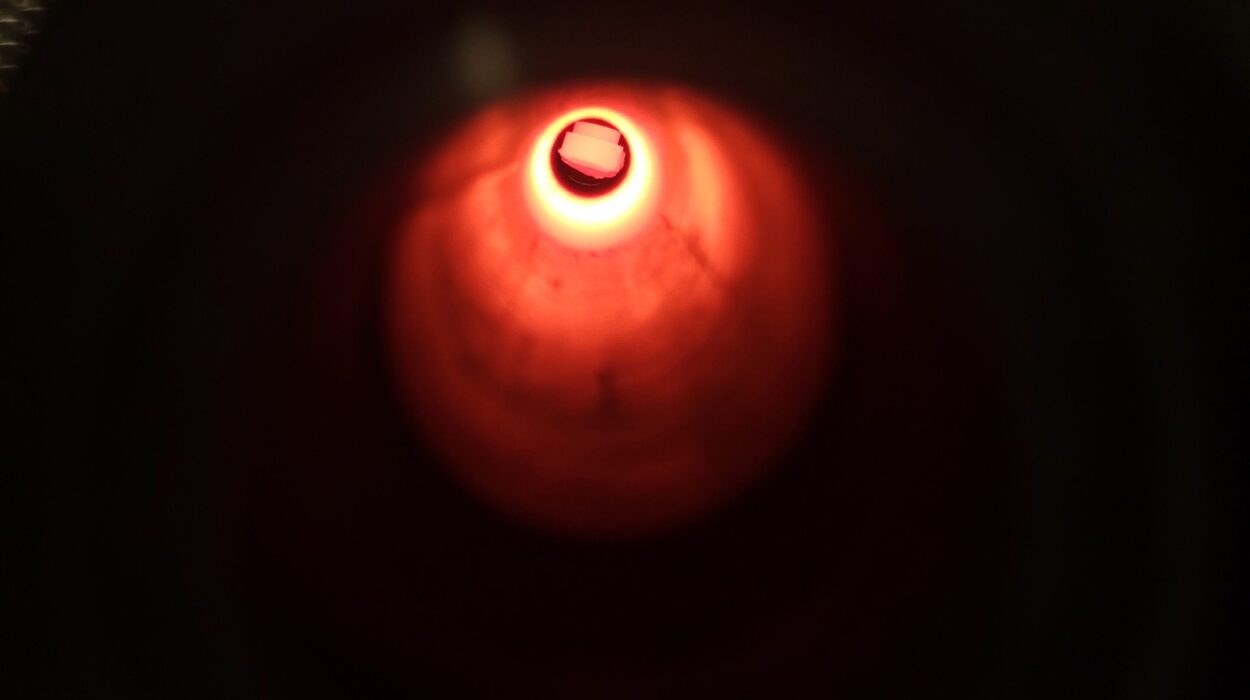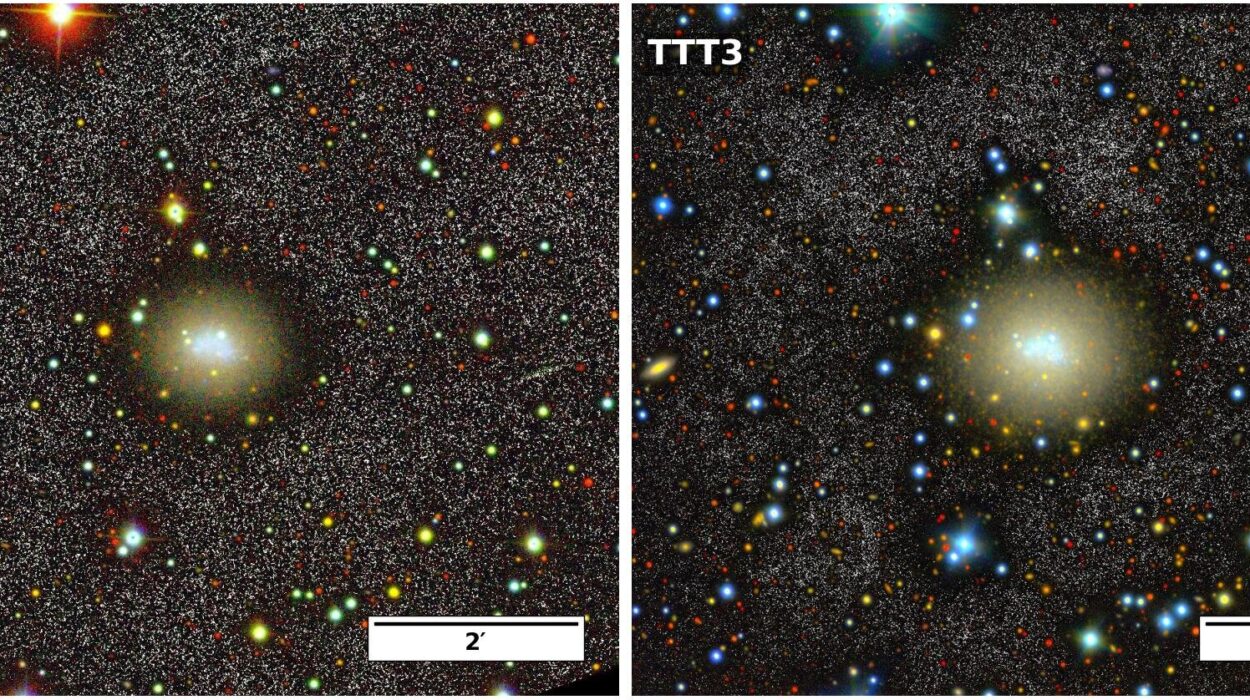From the moment Earth first coalesced out of cosmic dust 4.5 billion years ago, one star has been our unbroken companion: the Sun. It has bathed our world in warmth, painted skies with dawns and sunsets, and sustained every breath we take. Every tree, every ocean wave, every heartbeat is a gift of solar energy, streaming across 150 million kilometers of space to nourish life.
Yet even this celestial giver is not immortal. Like all stars, the Sun was born, it evolves, and one day, it will die. The thought feels impossible. We measure our days by its rising and setting, imagine its constancy as eternal. But in the language of astrophysics, permanence is an illusion. The Sun is a furnace with finite fuel, a cosmic engine destined to flicker and fade.
Scientists have spent centuries unraveling this story, tracing the Sun’s past and projecting its future. The answers they’ve uncovered are as breathtaking as they are unsettling—a tale of transformation that spans billions of years and ultimately decides the fate of Earth itself.
The Birth of a Star
To understand when and how the Sun will die, we must journey back to its beginnings. About 4.6 billion years ago, in a quiet arm of the Milky Way galaxy, a vast cloud of gas and dust began to collapse under its own gravity. Within this swirling nebula, matter clumped together, heating as it condensed. At its heart, pressure grew immense until hydrogen atoms fused into helium, releasing torrents of energy. A star was born.
The young Sun shone brighter and hotter than the surrounding dust, blowing much of it away with solar winds. What remained coalesced into planets, moons, asteroids, and comets. Earth emerged from this chaos as a molten sphere that would, in time, cool and blossom with oceans, continents, and life.
Since then, the Sun has been in its “main sequence” phase—a long, stable period where it steadily converts hydrogen into helium in its core. This process is incredibly efficient, allowing the Sun to shine for billions of years. We live comfortably within this golden era, but it is only a chapter in a longer stellar saga.
The Clock of Stellar Evolution
Stars live according to the laws of nuclear physics. Their life spans depend on their mass, which determines how quickly they burn through their fuel. Massive stars, though brilliant, die young—sometimes after just millions of years. Smaller stars can last trillions.
Our Sun is a medium-sized star, known as a G-type main-sequence star, or “yellow dwarf.” It has enough hydrogen to keep fusing for about 10 billion years in total. Having already lived 4.6 billion years, it is middle-aged. Imagine a candle halfway burned, its flame steady but inevitable in its decline.
Over the next few billion years, the Sun will gradually change. As hydrogen in its core depletes, fusion will slow, and the core will contract under gravity. To compensate, the outer layers will heat up, causing the Sun to grow brighter. This slow brightening is already happening and will continue, subtly transforming our planet long before the Sun reaches its final act.
Earth’s Future: A Warming World
We often think of the Sun as stable, but astrophysicists know it is slowly increasing in luminosity. In about 1 billion years, its brightness will be roughly 10% higher than today. This may sound small, but it will have profound consequences for Earth.
The extra heat will accelerate evaporation of the oceans, pumping water vapor—a potent greenhouse gas—into the atmosphere. This feedback loop will trigger a runaway greenhouse effect similar to what we see on Venus. Oceans will boil away. Rivers and lakes will vanish. The surface temperature will soar, stripping the planet of water and making it uninhabitable for life as we know it.
Long before the Sun dies, Earth will face its own silent extinction. In perhaps 2 billion years, only microbial life might survive, hidden underground or in high-altitude clouds. By 3 billion years from now, even those survivors may vanish, leaving Earth a scorched, barren rock under a glaring sky.
The Red Giant Awakening
Fast-forward to about 5 billion years from now: the Sun’s hydrogen fuel in the core will finally run out. Without the outward pressure from fusion, gravity will crush the core, heating it to new extremes. Hydrogen fusion will continue in a shell around the core, while the core itself contracts and heats until it ignites helium fusion.
This dramatic change will cause the Sun’s outer layers to balloon outward. The once yellow star will swell into a red giant, its surface cooling even as its size expands enormously. It will grow so large that it may engulf Mercury and Venus. Earth, if not swallowed whole, will be scorched beyond recognition.
The red giant Sun will be a spectacular sight, filling Earth’s sky with a fiery, swollen disk. Yet it will not last forever. After about a billion years in this phase, helium fuel in the core will also deplete. The Sun will become unstable, shedding its outer layers in colossal waves of stellar wind.
The Final Breath: A Planetary Nebula
As the Sun casts off its outer layers, these gases will drift into space, glowing in brilliant colors as ultraviolet light from the dying star illuminates them. This glowing shell of gas is called a planetary nebula, though it has nothing to do with planets. To distant observers in the galaxy, it will look like a cosmic flower blossoming in the void.
At the center of this nebula, the remnant core of the Sun will remain—a white dwarf. This is the final state of most medium-sized stars: a dense, hot ember about the size of Earth but with half the Sun’s mass. It will no longer fuse atoms but will glow with residual heat for trillions of years, gradually cooling and fading into darkness.
In this quiet, lingering twilight, the Sun’s long journey will end. From its fiery birth to its nebular farewell, the entire life cycle will have spanned over 10 billion years—a cosmic heartbeat in the grand scale of the universe.
What Happens to Earth and the Solar System
The death of the Sun will not just transform the star itself but reshape the entire solar system. As the Sun loses mass during its red giant phase and planetary nebula stage, its gravitational pull will weaken. Planets will drift outward into wider orbits. Some may escape entirely, flung into interstellar space.
Earth’s fate is uncertain. Some models suggest it will be engulfed by the expanding Sun. Others predict it may spiral outward just enough to avoid being swallowed but will still be roasted and lifeless. The Moon, too, will share this fate, a silent witness to a world undone.
Outer planets like Jupiter and Saturn will survive, their icy moons perhaps thawed into oceans by the red giant’s heat. Long after Earth is gone, these distant worlds could briefly host liquid water, fleeting havens in a dying solar system.
Asteroids and comets will be ejected or consumed. The familiar architecture of our cosmic home will unravel, leaving only a pale white dwarf surrounded by the faint glow of a planetary nebula and drifting debris.
Lessons from Other Stars
We know this future not by guessing but by observing other stars in the galaxy. Astronomers have watched countless suns at different stages of life: newborn stars still gathering mass, main-sequence stars like our Sun, swelling red giants, and the haunting beauty of planetary nebulae.
One famous example is the Ring Nebula in the constellation Lyra—a glowing loop of gas expelled by a dying star similar to our Sun. In these cosmic graveyards, we see our own destiny reflected, as if looking into a stellar mirror billions of years ahead of our time.
White dwarfs, too, dot the sky, remnants of stars long dead yet still shining faintly. They are whispers of once-vibrant suns, reminders that even stars have endings.
Will Humanity Witness the End?
Five billion years is an unfathomably long time. If humanity or its descendants still exist then, they will be unimaginably different from us—if even human at all. Technology, biology, and civilization would have evolved beyond recognition.
To survive, future beings would need to leave Earth long before the Sun’s red giant phase. Spacefaring civilizations might colonize other planets, build habitats orbiting distant stars, or even engineer ways to move entire worlds. Science fiction imagines giant starships and Dyson spheres; science itself suggests interstellar migration is possible given enough time.
Whether life survives or not, the end of the Sun will close the chapter of Earth’s story. Yet in cosmic terms, death is not an end but transformation. The elements forged in the Sun’s heart will drift into space, mixing with interstellar gas to seed new stars, planets, and perhaps new forms of life.
The Poetry of a Dying Star
The thought of the Sun dying can feel bleak, yet there is profound beauty in its destiny. Stars do not simply burn out and vanish. They enrich the universe with heavy elements—carbon, oxygen, iron—the very materials of life. Without dying stars, there would be no Earth, no oceans, no living creatures to ponder the cosmos.
The Sun’s death will be part of this cosmic recycling. Its gases will scatter into the galaxy, perhaps joining a nebula where, millions of years later, a new star ignites. Around that star, planets may form, and on one of them, intelligent beings might gaze up and wonder about their own sun’s fate.
Time Beyond the Sun
Even after the Sun has faded into a white dwarf, the universe will continue for trillions upon trillions of years. Stars will keep forming and dying. Galaxies will dance and collide. Black holes will slowly evaporate. The cosmos will evolve into states we can scarcely imagine.
Against this vast timeline, the Sun’s 10-billion-year life is a brief flash, yet to us, it feels eternal. Knowing its fate reminds us how precious and temporary our moment is. We are lucky to exist in this stable era, warmed by a steady star that has nurtured life for billions of years and will continue to do so for billions more.
Living with a Mortal Star
The question of when the Sun will die is not just about astronomy—it is about perspective. The Sun’s eventual death underscores the impermanence of all things, even the celestial lights we take for granted. But it also highlights the resilience of life and the creativity of the universe.
Understanding the Sun’s fate does not diminish its wonder. Each sunrise becomes more poignant knowing that, far in the future, there will be a final dawn on Earth. Every photon of light, every gentle warmth on our skin, is part of a cosmic story billions of years in the making.
In contemplating the Sun’s death, we learn more about ourselves. We see that life is precious precisely because it is fleeting. We glimpse the grandeur of a universe where endings give birth to new beginnings. And we feel, perhaps for the first time, that we are not just inhabitants of Earth but participants in the life cycle of stars themselves.
The Last Light
Someday, in the incomprehensible future, the Sun will shine its last true light. The solar winds will quiet. The nebula will fade into darkness. A lonely white dwarf will remain, slowly cooling for eternity. No human eyes will likely witness this, yet we can imagine it—a still, silent remnant glowing faintly where a brilliant star once blazed.
But even then, in that future long beyond our species, the Sun’s legacy will endure. Its energy will have carved valleys, grown forests, fueled oceans, and sparked consciousness on a small blue world. Its atoms will journey outward to join the cosmic dance of creation.
When we look at the Sun today, we see not just the present but billions of years of history and billions yet to come. Its life, like ours, is a brief, beautiful flame in the vast darkness—a flame that has made all life possible and will, in its dying breath, gift new possibilities to the cosmos.
